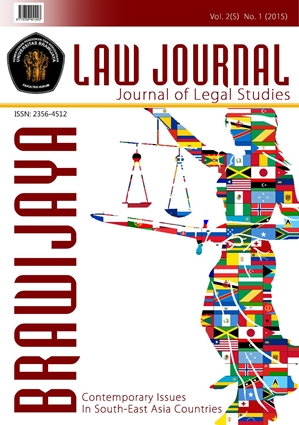MODERN SLAVERY IN INDONESIA: BETWEEN NORMS AND IMPLEMENTATION
DOI:
https://doi.org/10.21776/ub.blj.2015.002.01.06Abstract
People now in the 21st century are still sold like objects, forced to work for little or no pay and at the complete mercy of their 'employers'. The Global Slavery Index (GSI) 2013 shows that there are estimated 29.8 million people are living in a modern slavery. In Indonesia there are 210,970 people living in slavery. Although Indonesia has some laws regulating about modern slavery that is included in Anti-Trafficking Law. This paper tries to figure the norms and the implementations in modern slavery practice. How the norms are implemented by the government and what are the obstacles to enforce the law.Downloads
Published
2015-04-06
How to Cite
Hardianti, Savira Dhanika. 2015. “MODERN SLAVERY IN INDONESIA: BETWEEN NORMS AND IMPLEMENTATION”. Brawijaya Law Journal 2 (1 (S):74. https://doi.org/10.21776/ub.blj.2015.002.01.06.
Issue
Section
Articles
License
Copyright (c) 2015 Brawijaya Law Journal

This work is licensed under a Creative Commons Attribution-NonCommercial 4.0 International License.


















